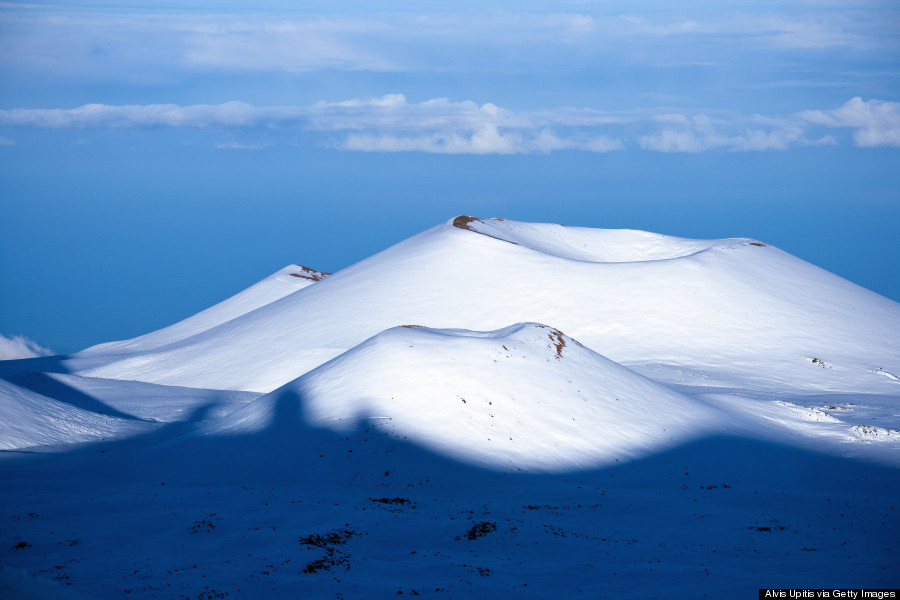Hawaii gets snow three of its mountains mauna kea mauna loa and haleakala rise above 10 000 feet and see snow in the winter

Hawaii Gets Snow!

Hawaii is widely renowned for its stunning beaches, lush tropical landscapes, and warm weather year-round. However, did you know that this tropical paradise also experiences snow? Yes, you read that right! Three of its majestic mountains, namely Mauna Kea, Mauna Loa, and Haleakala, reach heights exceeding 10,000 feet and are blessed with the occasional snowfall during winter.

Nestled amidst the sparkling turquoise waters of the Pacific Ocean, Hawaii may seem like an unlikely candidate for snow. After all, the archipelago enjoys an idyllic subtropical climate, with temperatures averaging around 80 degrees Fahrenheit (27 degrees Celsius). However, the towering peaks of Mauna Kea, Mauna Loa, and Haleakala create microclimates that differ significantly from the coastal regions, making the occurrence of snowfall feasible.
The highest mountain in the entire Pacific region, Mauna Kea, stands tall at an impressive 13,796 feet. It is no wonder that this colossus experiences snow on a regular basis during the winter months. Mauna Loa, the world’s largest volcano by volume, reaches an elevation of 13,678 feet and also witnesses the marvel of snowfall. Haleakala, located on the island of Maui, is slightly shorter at 10,023 feet but equally graced with sporadic snow.
So, how does this all work? The answer lies in a combination of factors, such as altitude, temperature, and air moisture. As the mountains soar above the trade winds that bring warm, moist air to Hawaii, the air begins to cool and condense at higher elevations. During the winter months, when temperatures drop sufficiently, the moisture in the air crystallizes, resulting in beautiful snowflakes.
Snow in Hawaii is a captivating sight that enthralls both locals and tourists alike. For island residents, it offers a unique and enchanting escape from the usual tropical climate. They eagerly venture to the snow-capped peaks to indulge in activities such as skiing, snowboarding, and building snowmen – experiences they wouldn’t typically associate with their tropical home.
Tourists also find the juxtaposition of sun-kissed beaches and snow-capped peaks incredibly alluring. They seize the opportunity to capture extraordinary and Instagram-worthy photographs of themselves enjoying the unlikely combination of surf and snow, creating memories that will last a lifetime.
Hawaii’s snowy mountains also play a crucial role in scientific research and stargazing. Mauna Kea, in particular, houses several world-class observatories thanks to its high altitude, low light pollution, and dry climate. It serves as an astronomical haven, enabling scientists to study the cosmos with unparalleled clarity.
Although snowfall in Hawaii is not a daily occurrence, its presence showcases the diversity and wonder of the natural world. It is a reminder that Mother Nature can surprise us in the most unexpected places, adding an extraordinary touch to an already extraordinary paradise.
Sources:
Related Posts
Quick Links
Legal Stuff

